What is a Standby Generator - Terms and Definitions
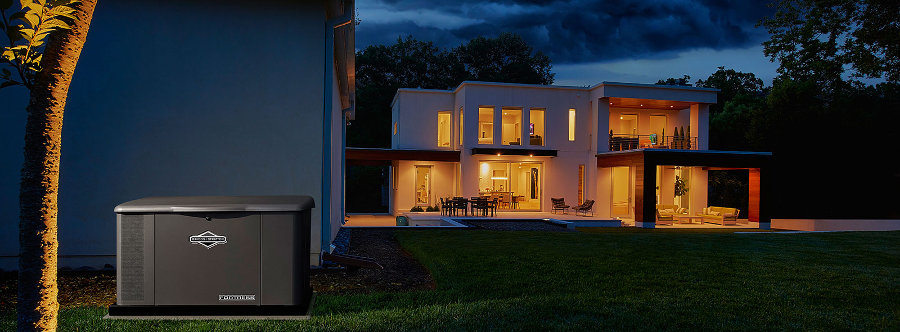
Standby Generator Concepts
Anytime you decide to purchase a new and unfamiliar product, understanding the terminology simplifies choosing the right make and model. Standby Generators are no different with specific features that make them suitable for automatic backup power during an outage or utility blackout.
Manufacturers produce generators for various purposes. A generator suitable for mounting in a Class A RV isn’t very portable outside the mobile home and it probably only produces 120 Volts, which makes it unsuitable for powering your home’s heating and cooling system. Big noisy portables work great on job sites where nobody cares about the noise, but your neighbors won’t enjoy the noise while you work along the back fence next to your yard.
Standby Generator / Backup Generator

We are often asked, What is a Standby Generator?
A standby generator, often called a backup generator, waits for a power outage or blackout and restores power to a house or business within seconds after the power shuts off.
A standby generator is an automatic, permanently connected appliance like a water heater, central air conditioner, or furnace. The manufacturer designed it specifically to meet National Electrical Codes for use during a power outage. Connection to the home requires an Automatic Transfer Switch or ATS.
Although manufacturers often advertise small portables as a means of backup power in case of an outage, they only work if you’re home to hook them up and fill with fuel several times a day.
A standby generator system detects an outage instantly. Within seconds, the generator starts and reaches operating speed. The automatic transfer switch disconnects the electricity utility and connects the generator to the home’s electrical system. When the utility restores power, the system disconnects the generator and reconnects the utility. Everything is automatic.
Portable Generator vs Standby Generator: What You Should Know
Kilowatts or kW vs kilowatt-hours or kWh

Watts (W) and Kilowatts (kW) are units of power. They measure how much work electricity is doing or the capacity to do work. Small portable generators are often rated in watts. Standby generators and larger portable generators are rated in Kilowatts.
1 Kilowatt = 1000 Watts. Watts / 1000 = Kilowatts.
Running Watts or Kilowatts refers to the amount of power the generator can produce continuously. Starting Watts or Kilowatts refers to a surge capacity for a few seconds to start motors, which require much higher power to start from fully stopped.
Kilowatt-Hours or kWh is a measure of energy used. 1 kilowatt used for 1 hour is 1 kWh or 1 kilowatt-hour. The number shown on an electric bill or given as the storage capacity of a battery is energy as kWh or watt-hours Wh.
Amperes or Amps

What are amps? Good question.
If you fill a one-gallon bottle of water, you have one gallon. Amperes are a similar measure for how much electricity is flowing at any given moment. Electricity is the movement of electrical charges. One Ampere = 6.2415090744×1018 elementary charges moving past a point in one second. We can say that elementary charges are electrons.
Small quantities do little work. Large quantities can do much more. Motors are a familiar part of everyday life and they do work. Large motors use many amps and do a lot of work like cooling your home when it’s hot. Small motors use only a few amps and do small amounts of work like turn an exhaust fan in your kitchen.
Generator Watts, Volts and Amps
Voltage

What are Volts?
How fast will the faucet fill that one-gallon bottle mentioned in the previous section? It depends on how much pressure there is behind the water in the faucet. High pressure fills the bottle faster than low pressure because it pushes the water harder and faster.
Voltage is very much like water pressure. It pushes electricity through a wire. The harder it pushes, the more work it can do. However, unlike the faucet, electricity always moves at the same speed in a wire no matter how high the voltage.
As we mentioned above, Watts and Kilowatts measure work done or the potential to do work. Volts X Amps = Watts.
120 Volts X 10 Amperes = 1200 Watts or 1.2 Kilowatts.
12 Volts X 10 Amperes = 120 Watts or 0.12 Kilowatts.
240 Volts X 5 Amperes = 1200 Watts or 1.2 Kilowatts.
In the first two examples we have 10 Amperes, but the volts in the first case is 10 times higher than the second case, and the result is 10 times the work. In the third case, we only have 5 Amps, but the Volts is twice that of the first case, so the work done is still 1200 watts.
In North America, the electric utilities supply 240 volts to homes over two wires, each one at 120 Volts (120/240 Volts.) Larger buildings and businesses may use 120/208, 120/240, or 277/480 Volts.
Standby Generator Sizing Calculator
Air-Cooled Generator
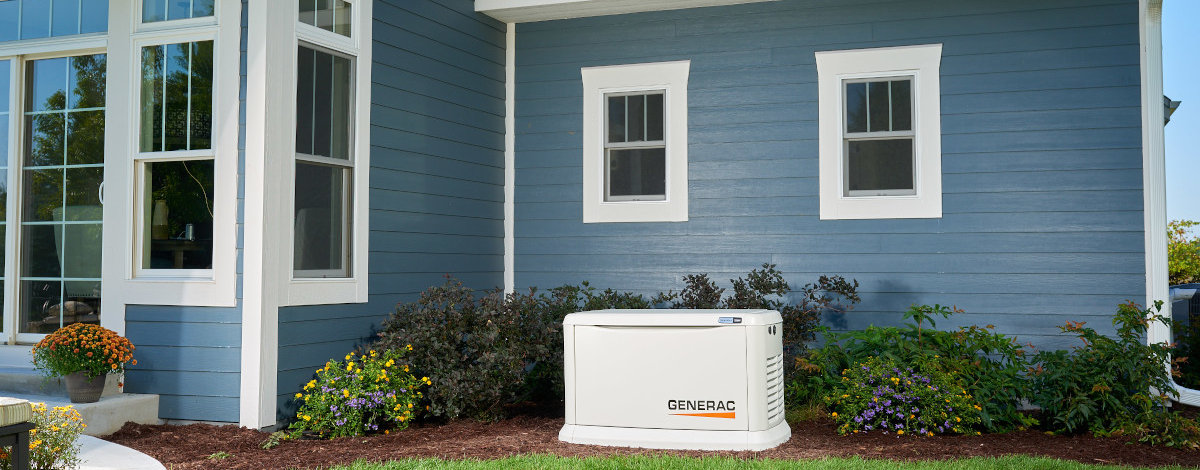
Internal combustion engines burn fuel to create rapidly expanding hot gases that push pistons down and turn a shaft. Some heat escapes through the exhaust. The engine absorbs the remaining heat. High engine temperatures can cause catastrophic damage.
Small engines like a lawn mower can cool themselves using the air surrounding the engine. The Larger engines found in a standby generator usually use a fan to move cooler air through the generator enclosure, over the engine and other parts to remove heat.
Air Cooling has limitations. As engines grow larger, some parts of the engine may not transfer heat to the air fast enough to cool it. In hot climates with temperatures frequently above 100 degrees, the hot air doesn’t provide enough cooling.
Liquid Cooled Generator vs Air Cooled Generator: What’s the Difference?
Liquid Cooled Engine
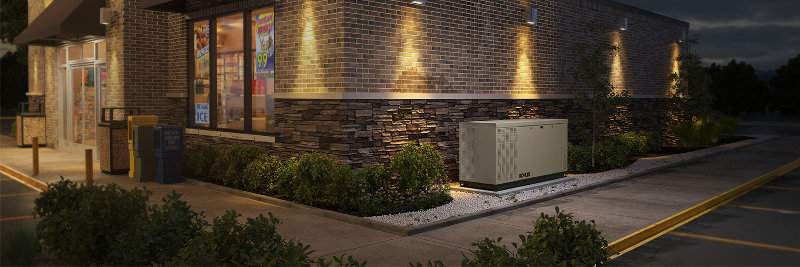
A liquid-cooled engine has built-in channels for coolant. The coolant pump circulates liquid through the engine to a radiator. An electric or belt-driven fan blows air through the radiator to remove heat from the coolant.
Cars and trucks use this method to keep the engine cool. It works well for larger engines with more than two cylinders. The largest engines in the world use the same basic strategy to remove heat as modern cars and larger generators.
Liquid-cooled engines experience fewer problems in desert climates. They efficiently remove heat in temperatures up to 120 degrees Fahrenheit and beyond. Air Cooled Generators may shut down because they can’t cool themselves faster than they create heat.
How to Choose a Liquid Cooled Generator or Air Cooled Generator
Automatic Transfer Switch
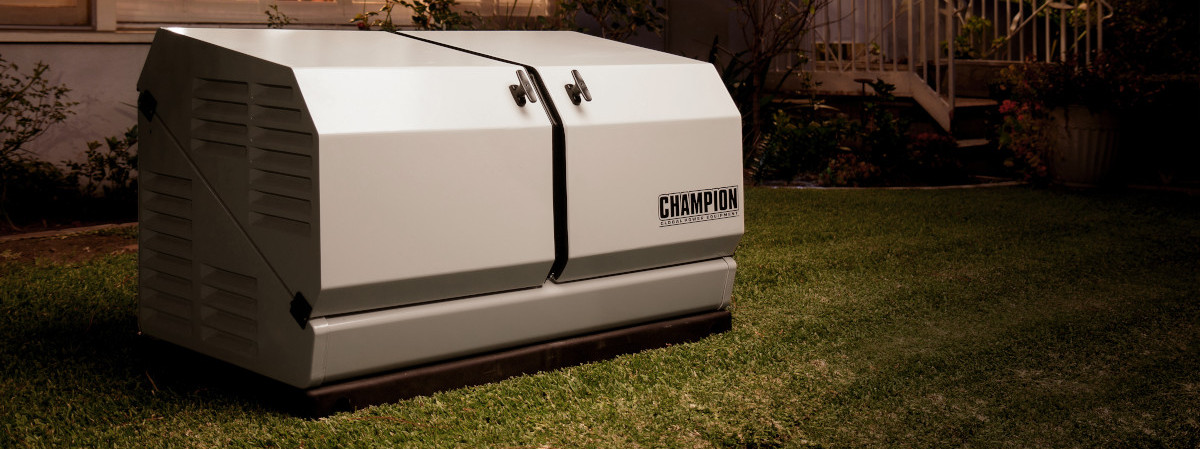
Transfer Switches supply power directly to a home or business electrical system. A manual switch requires someone to move the switch from utility power to generator power. An Automatic Transfer Switch (ATS) does it without human intervention.
The ATS is an essential part of the Standby Generator System. Without it, the generator can’t supply power to the building without human intervention. With an ATS, it won’t matter if the homeowner or business owner is present the power goes out.
An ATS makes the generator system fully automatic and starts the generator in any weather, even a hurricane, to restore power a few seconds after it goes out.
Buyer Guide to a Generator Automatic Transfer Switch
Single Phase versus 3 Phase
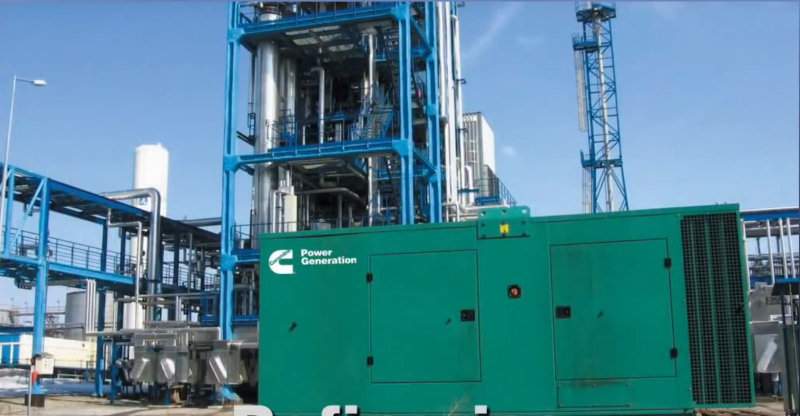
Throughout most of the world, electric utilities generate 3-phase current. In the section above titled “Voltage—What Are Volts?” we stated that most homes have two lines at 120-Volts each. The two 120-volt lines come a single phase of the local utility’s distribution grid. A standby generator for a home only generates one phase at 120/240-Volts.
Businesses, manufacturing, and industry may use three phases of current from the distribution grid in one of three configurations: 120/208-Volts, 120/240-Volts, or 120/480-Volts 3-phase.
Electrical systems designed to run on 120/240 single phase can’t run on anything else without special equipment. Likewise, 3-phase systems can’t run on single phase without a special converter.
When choosing a generator, it’s important to choose one that supplies the correct voltage and phase.
Single Phase Generator versus Three Phase Generator
Solar Energy

The Photovoltaic effect was first demonstrated by French physicist Edmond Becquerel in 1839. He was just 19 years old. Following Bell Labs’ public demonstration of the first practical solar cell, the promise of free solar energy has intrigued and inspired. Today, solar energy has progressed from a concept to a reality.
Solar cells connect to make a solar panel, and the multiple panels form an array. Rooftop solar systems capable of producing 5kW to 15kW produce power for homes and small businesses. Larger systems can produce even more. In 2016, China opened the Yanchi Ningxia solar park with a Photovoltaic Array Capacity of 1,000MW.
Solar alone can provide sufficient power when the sun shines, but once the sun goes down or clouds interfere, power production stops. Battery storage can fill in the gaps when the sun goes down, doesn’t shine, or add power during peak use.
It can also provide backup power much like a standby generator during a blackout or power outage.
Generac PWRcell Solar Power + Battery Storage Features and Benefits
Battery Storage
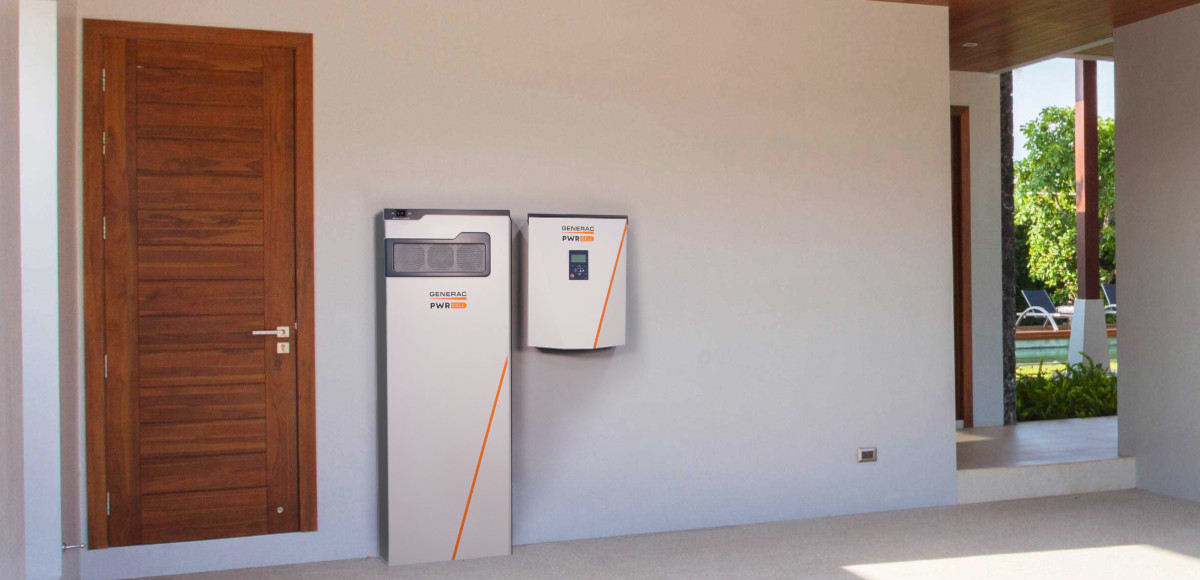
Batteries can store power from the grid, from wind turbines, portable and standby generators, and solar photovoltaic arrays. Battery storage is rated in kilowatt-hours—the energy capacity of the battery or battery cabinet. Battery cells combine to make batteries, and battery cabinets contain one or more batteries to store energy.
A 10kWh battery can provide 10kW for 1 hour.
The storage system may limit battery discharge to the rated usable energy. A complete discharge may damage certain battery types—Lithium, for example. Each complete discharge degrades the battery until it won’t store the rated capacity. This is common across most battery types. Generac’s PWRcell Battery module can store 3.6kWh with usable energy rated at 3.0kWh.
